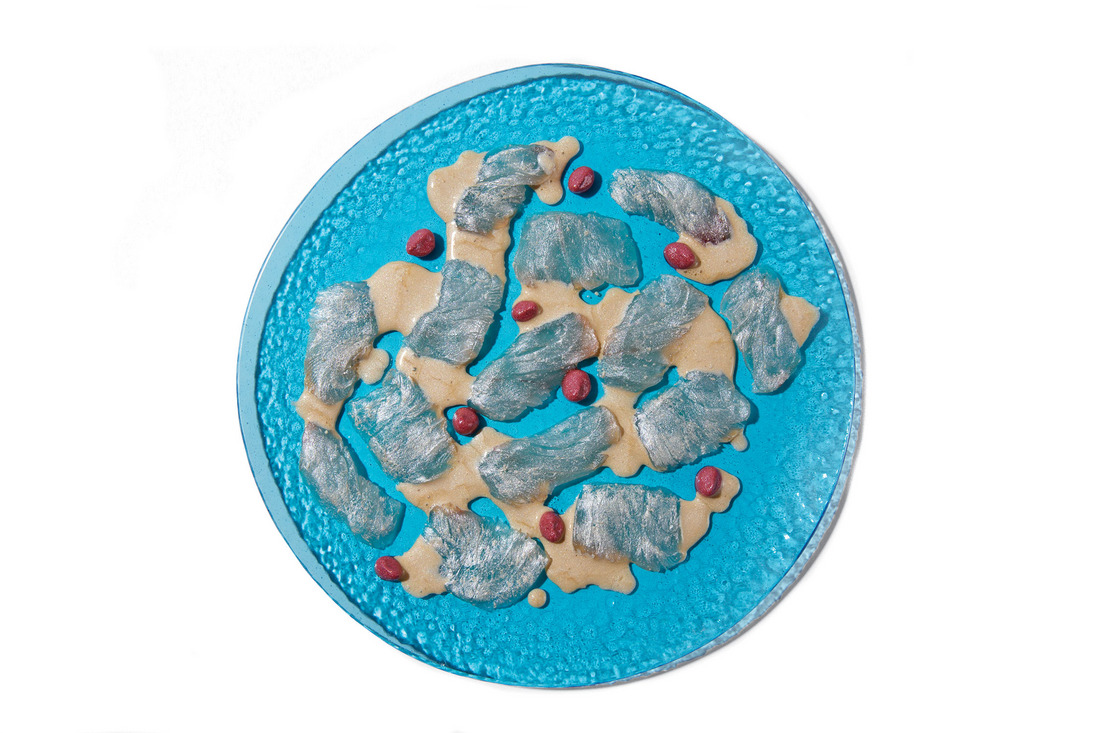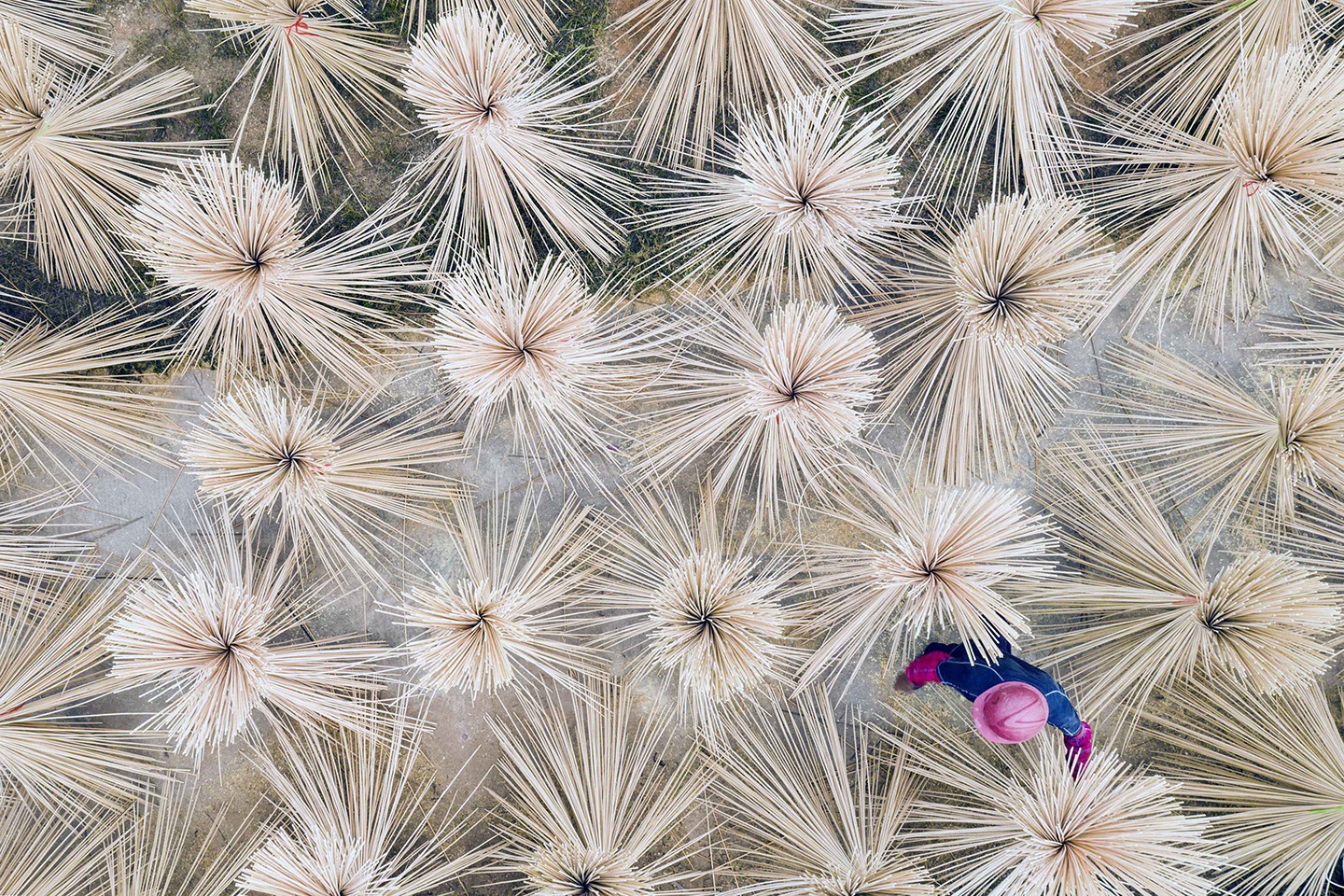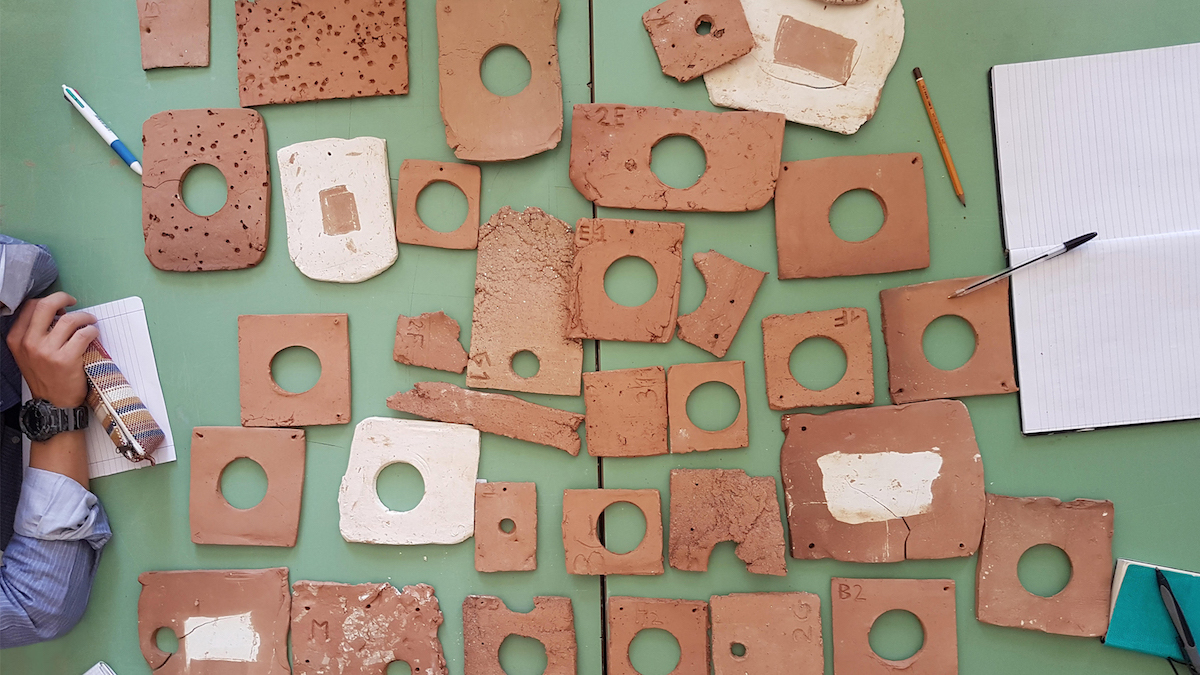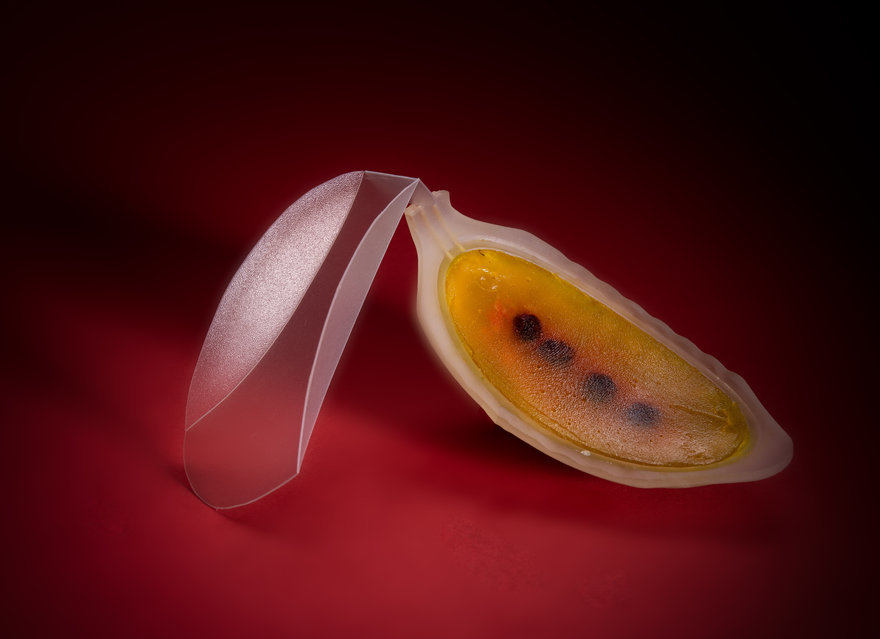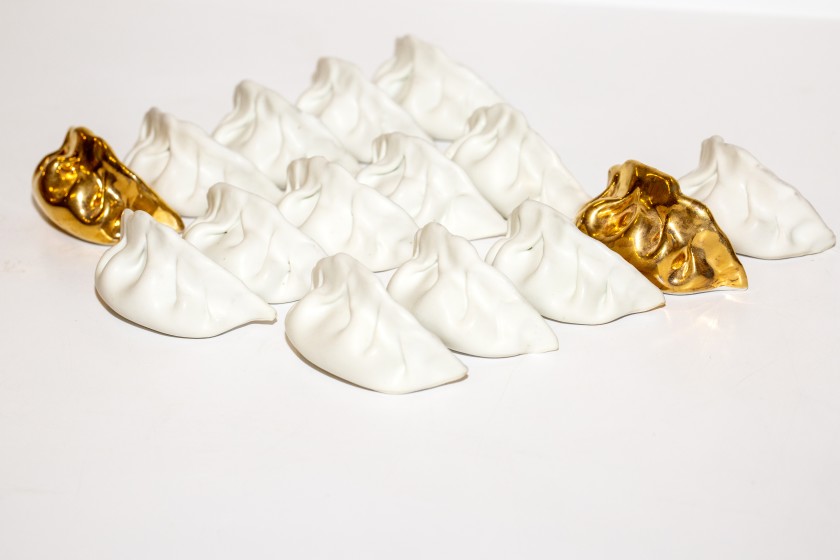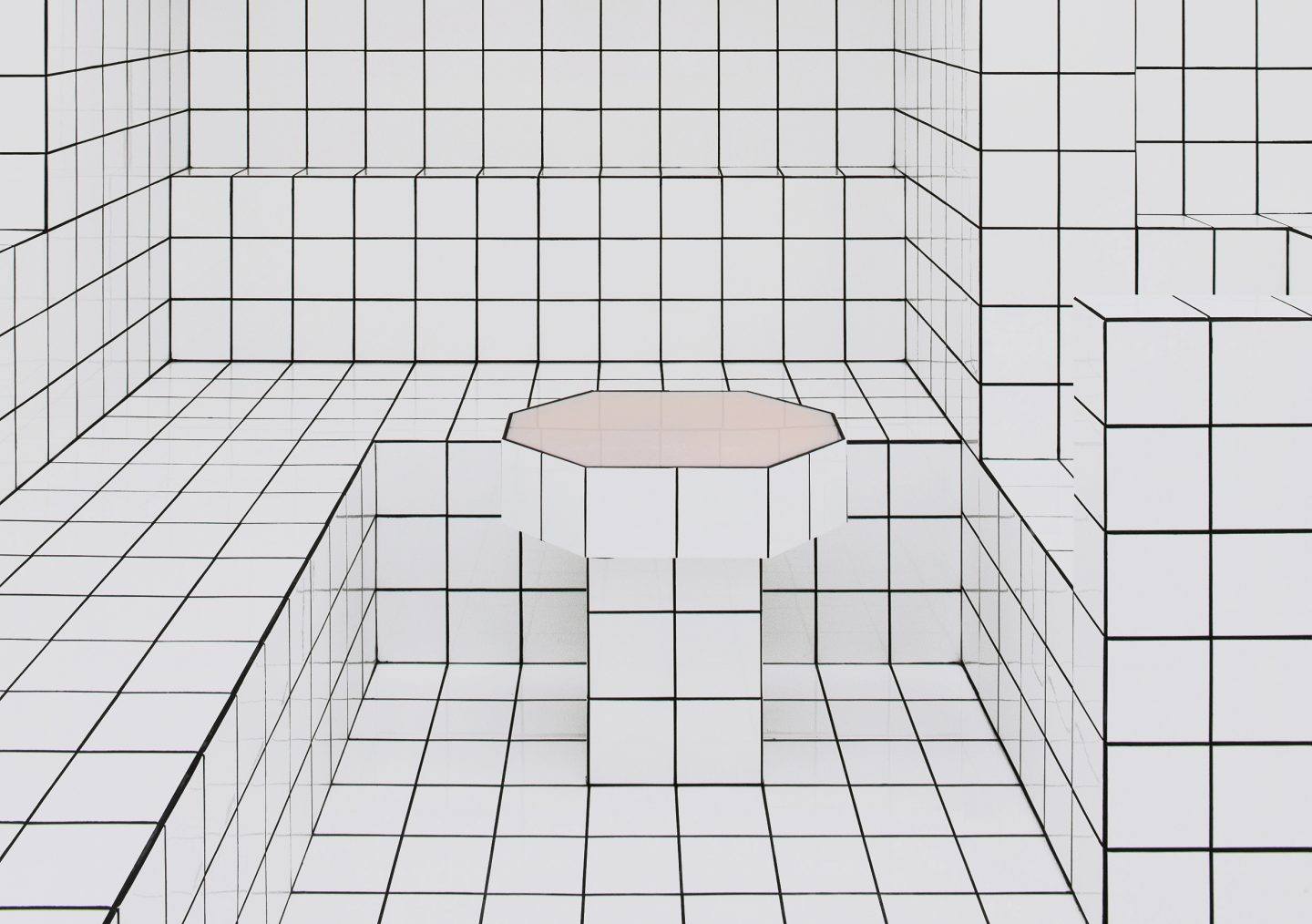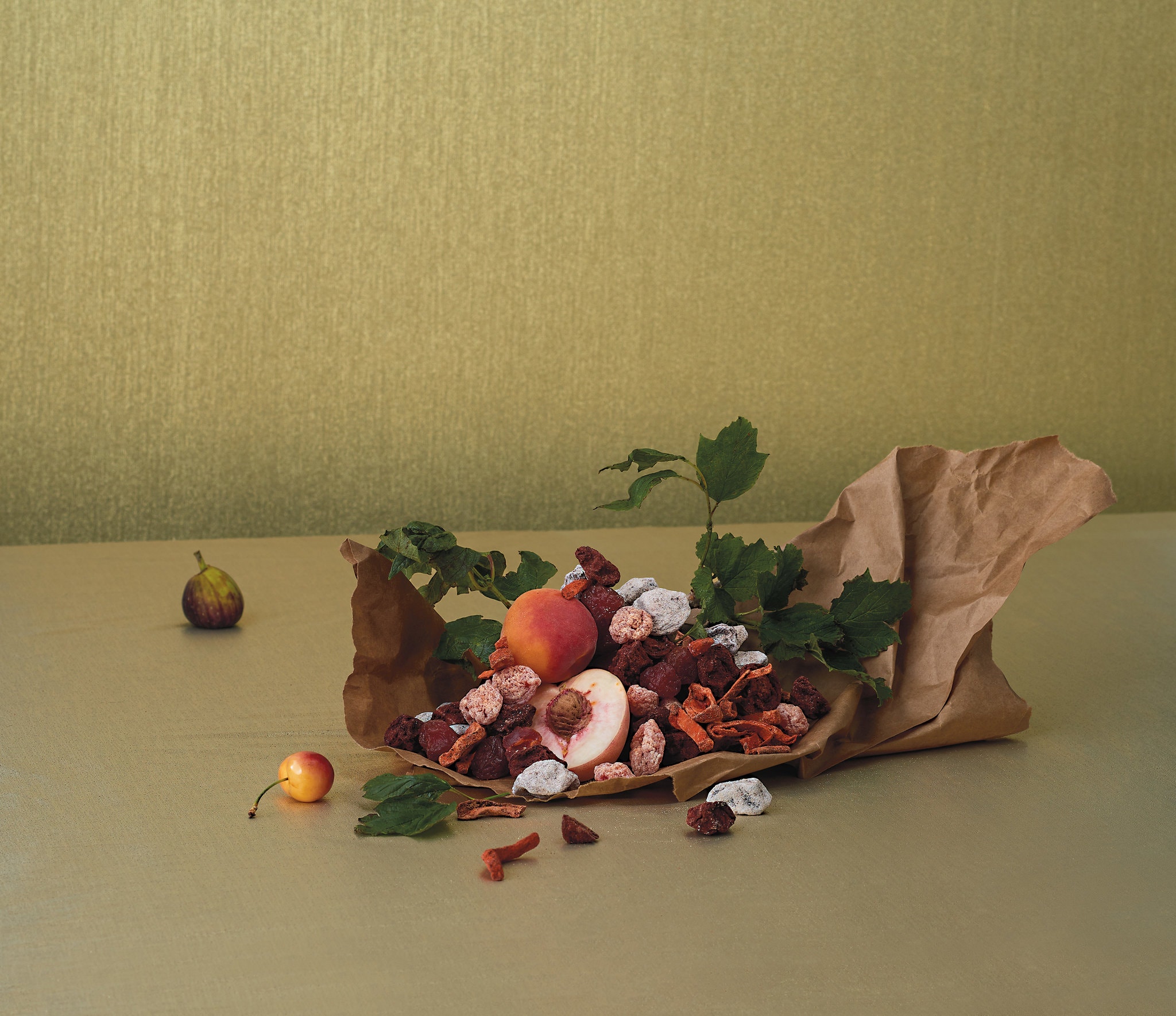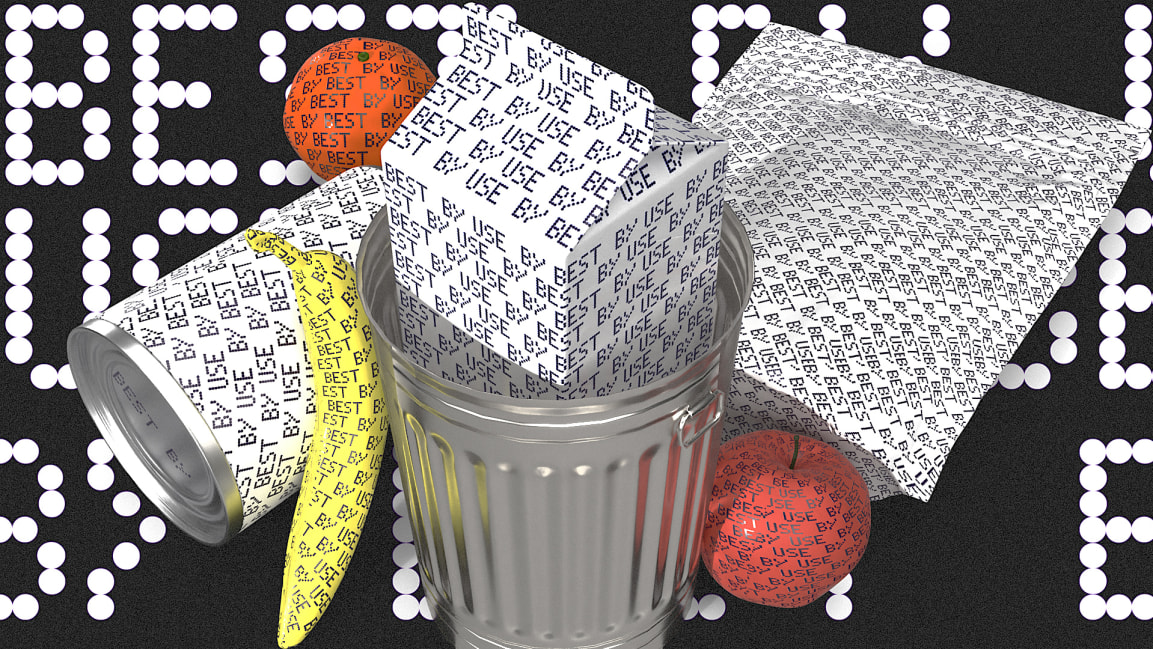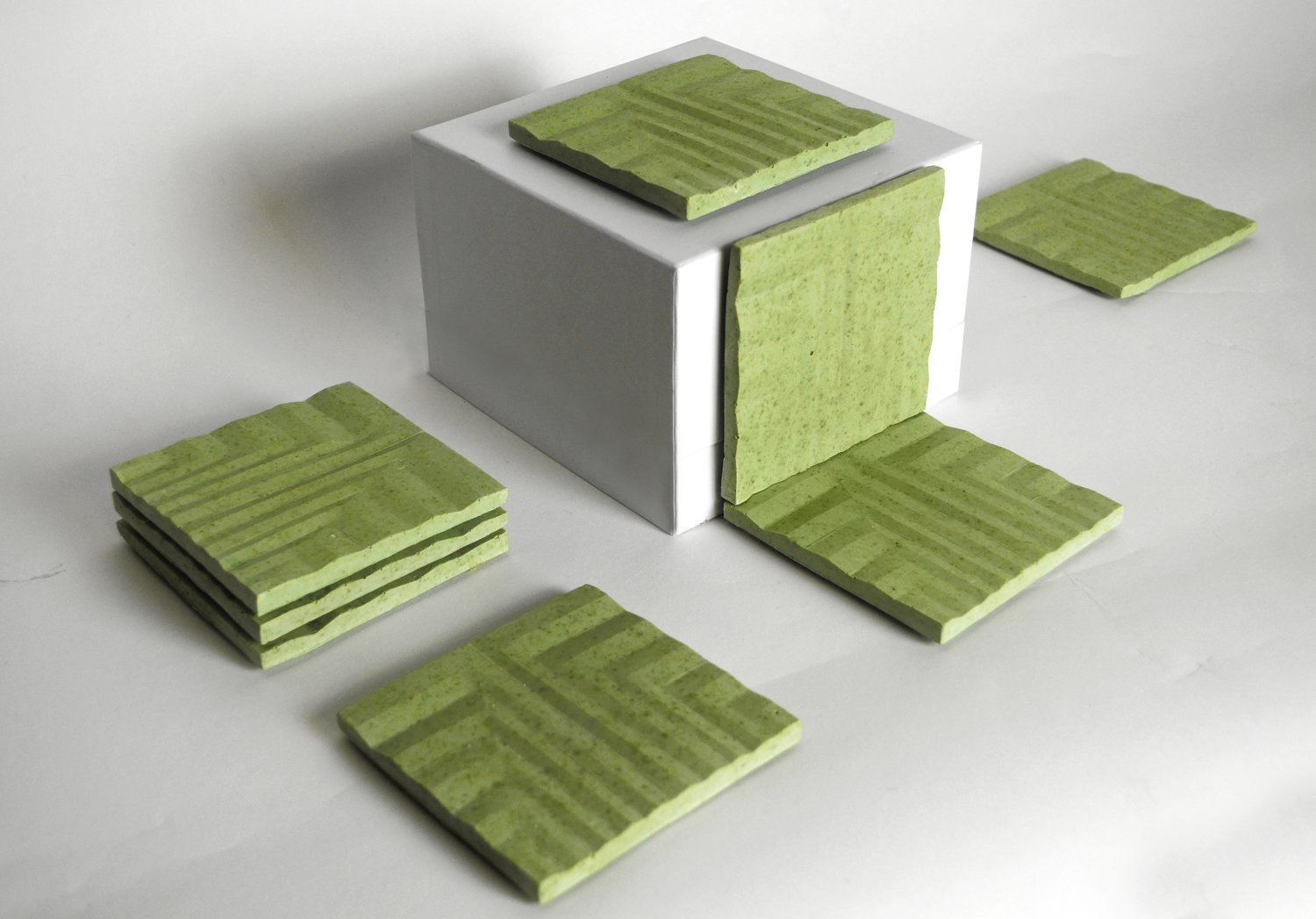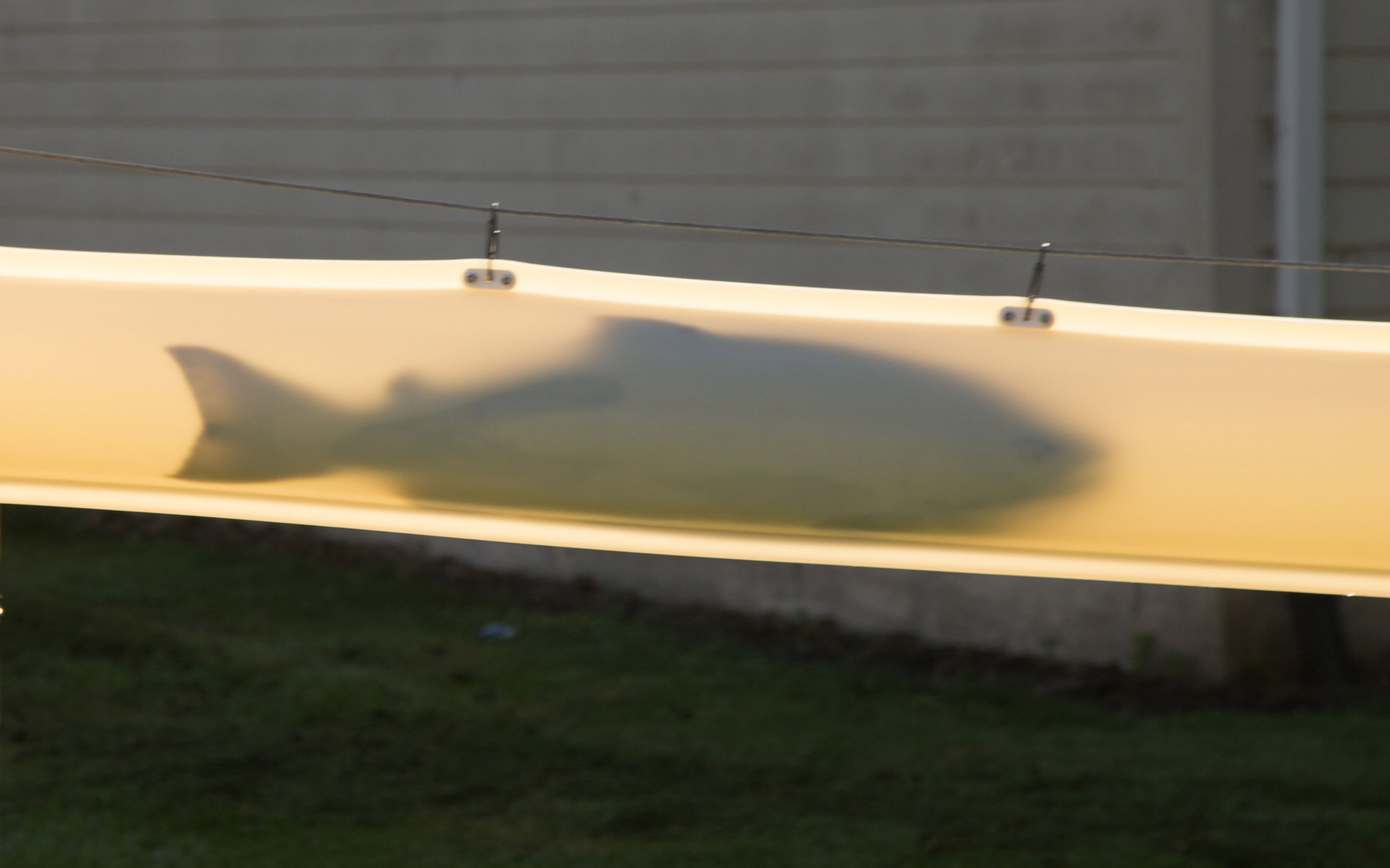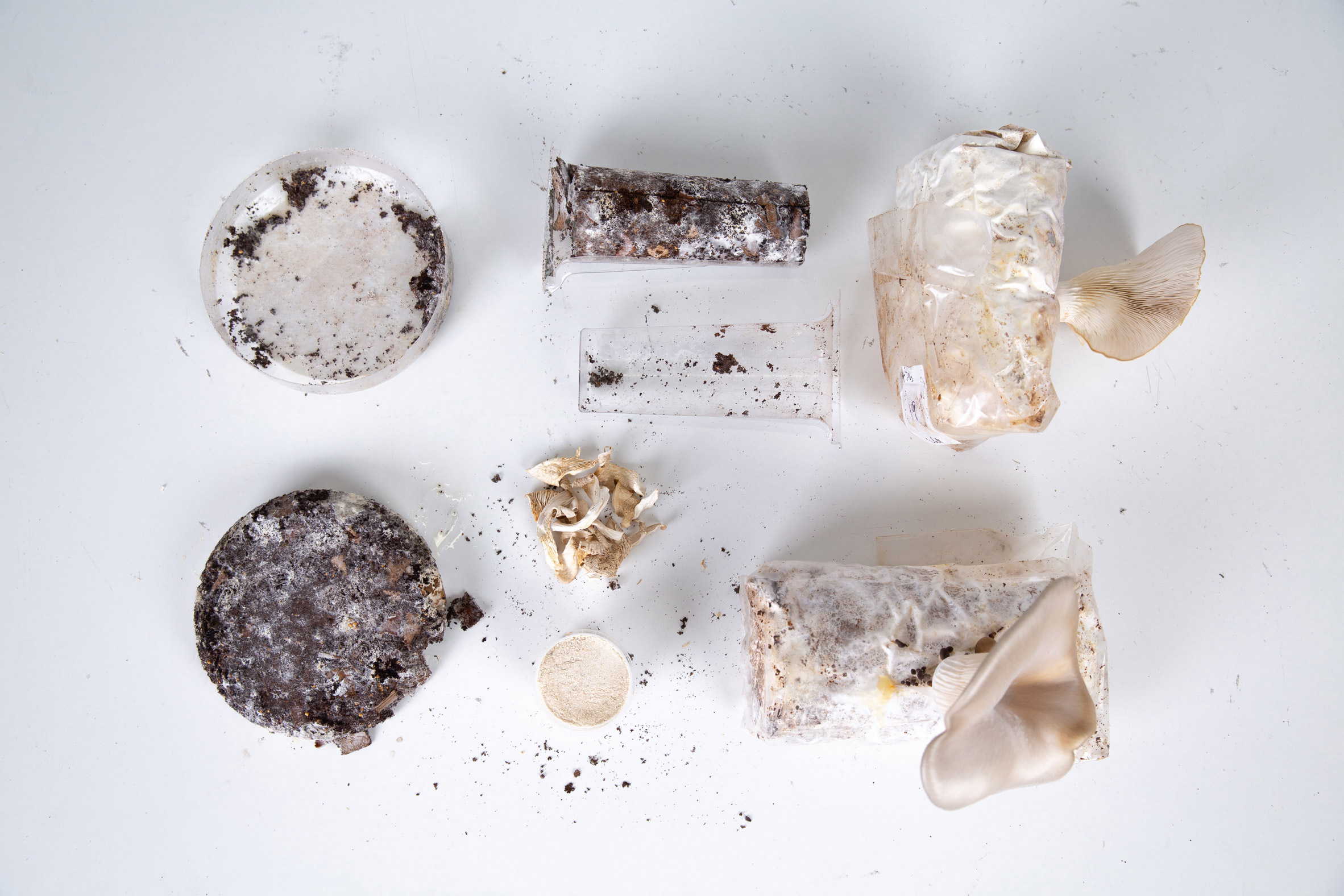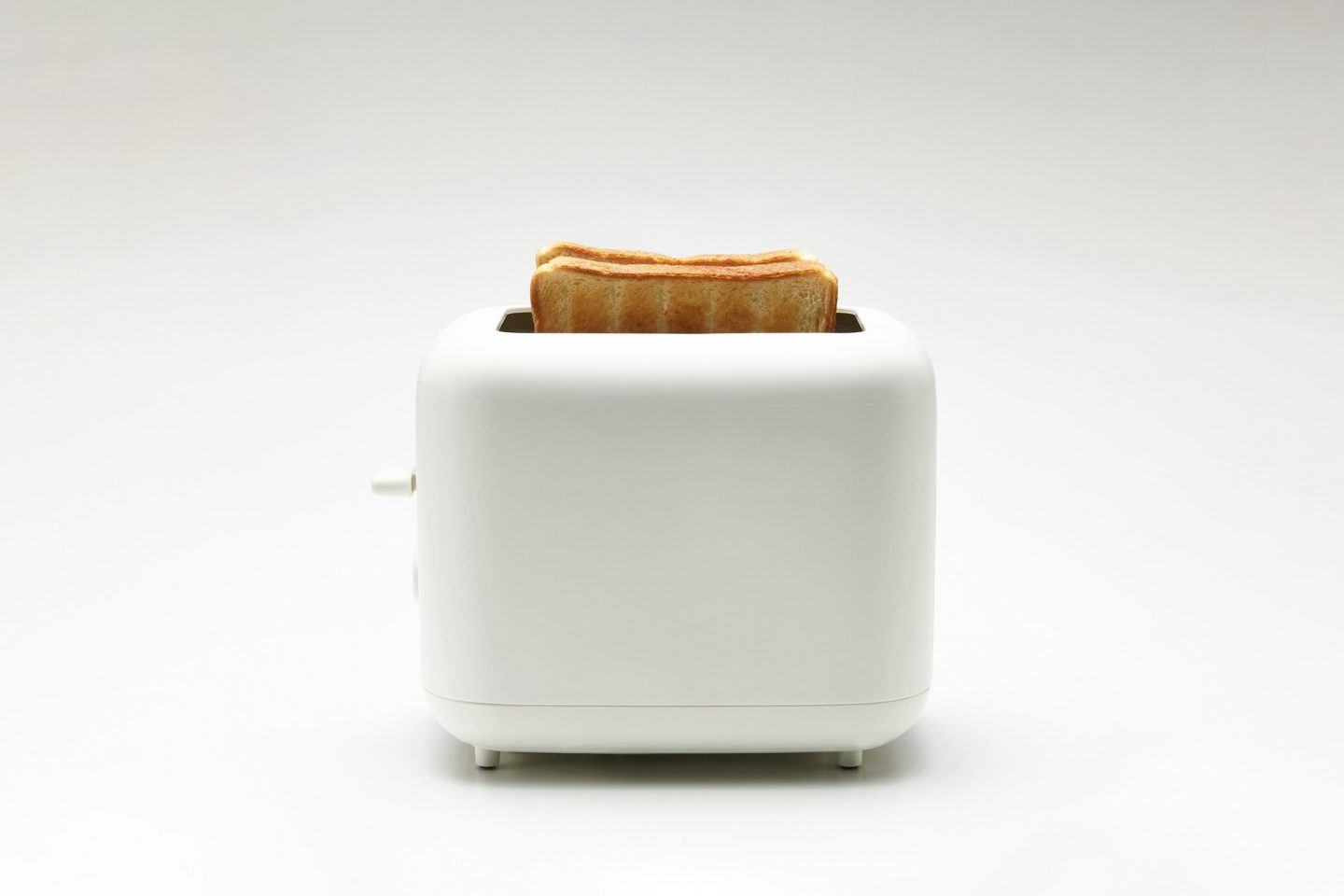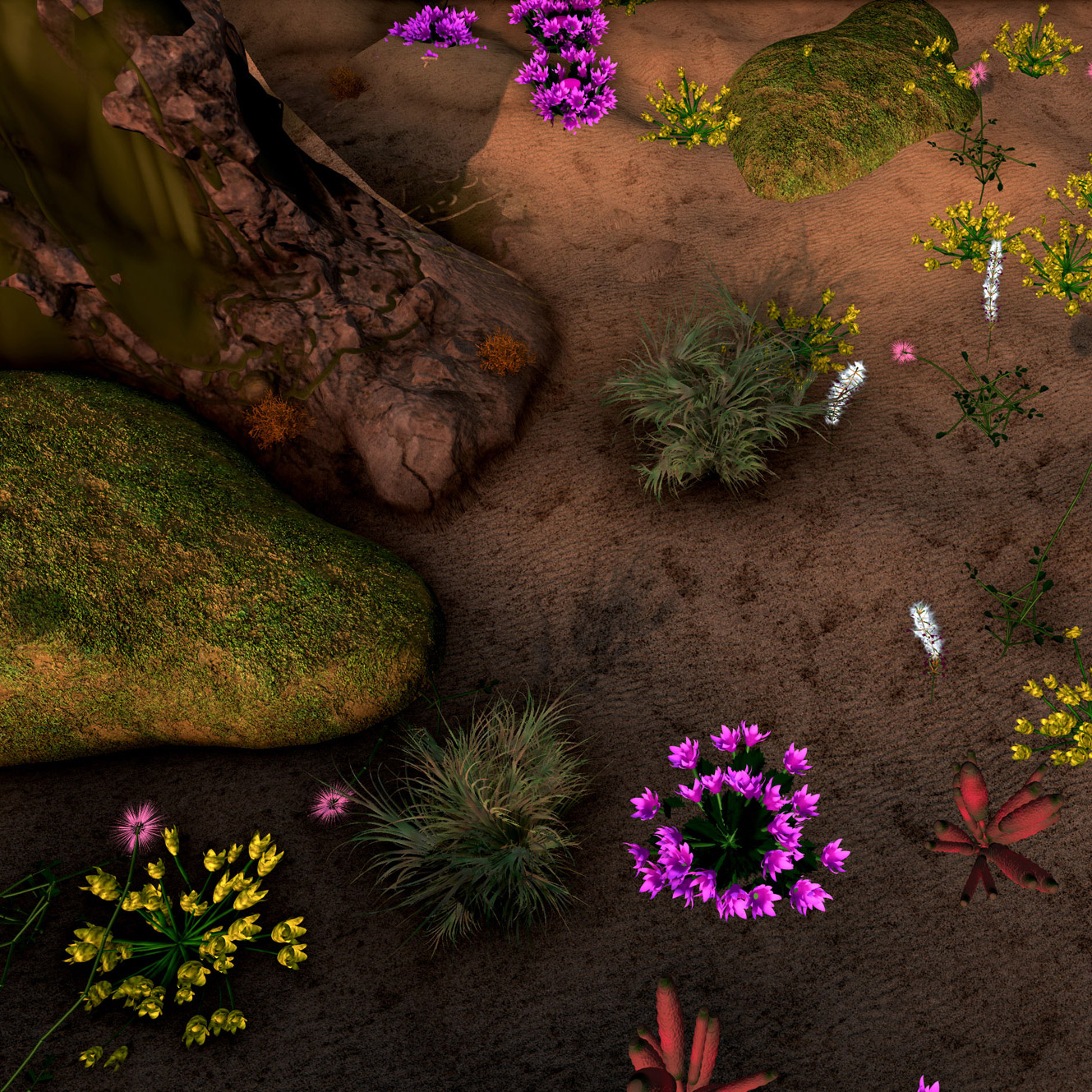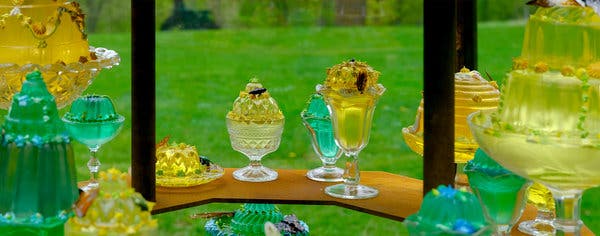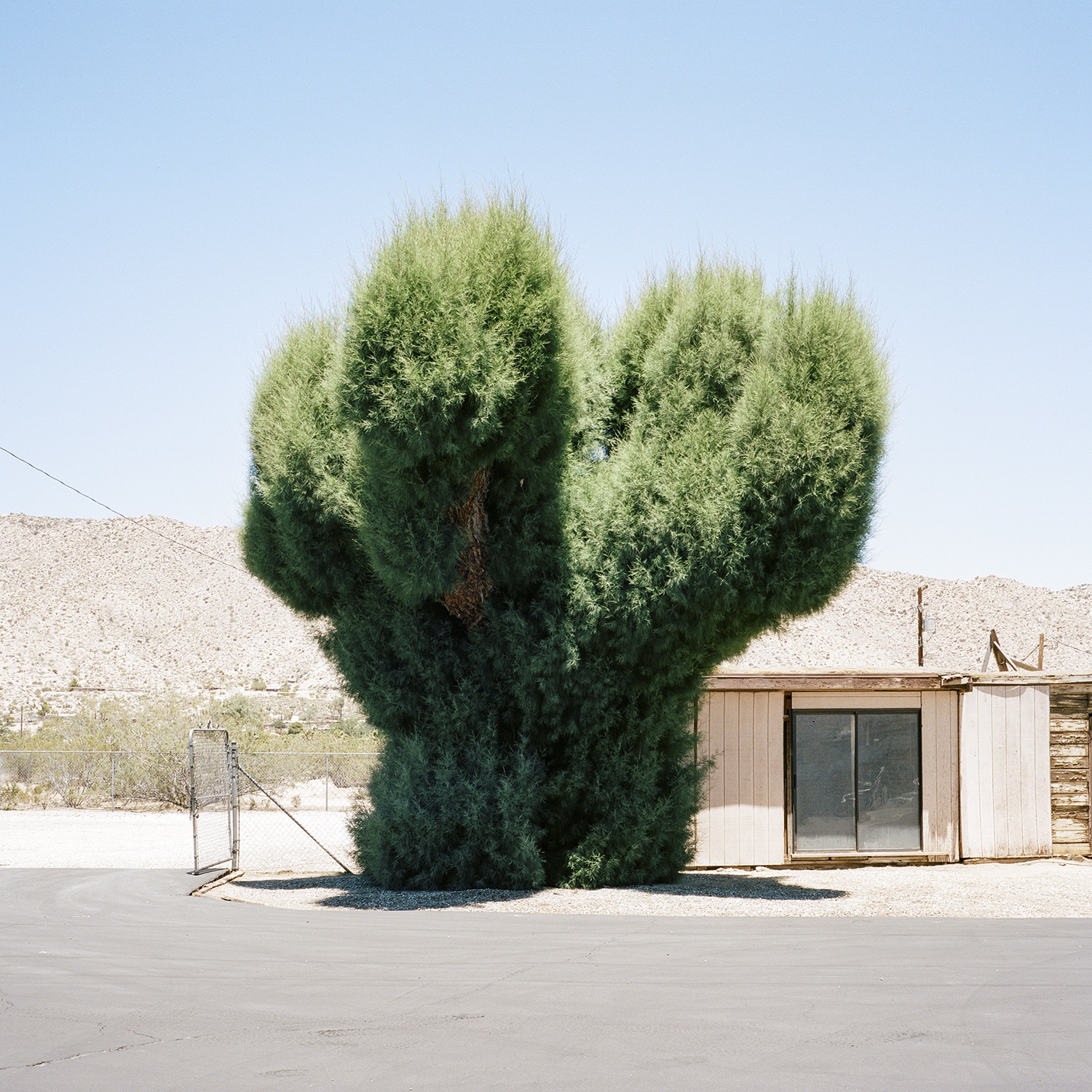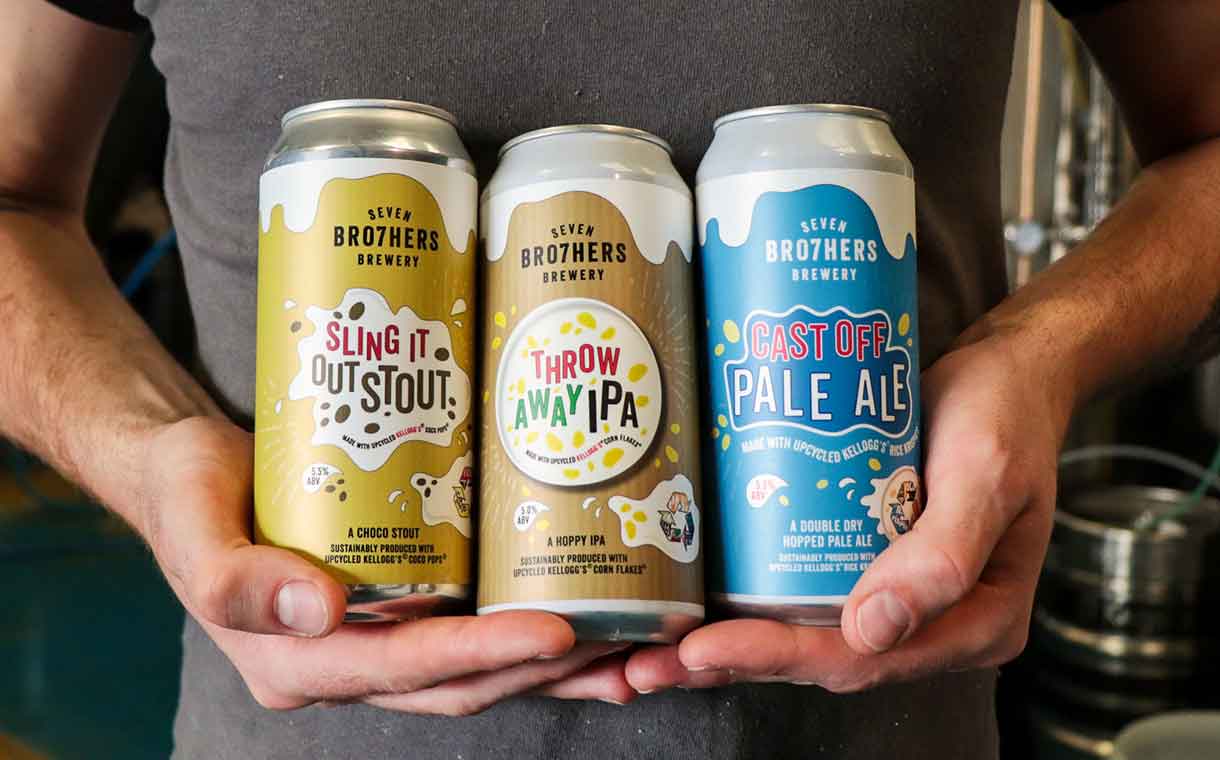Our weekly serving of off-the-menu items—a few popular favorites from the week, as well as a few morsels that may have slipped your notice.
Although it might look like a simple clay jug, the Spanish botijo, uses the porous nature of clay to help cool down water. Once water permeates the unglazed clay, warmer drops on the surface evaporate, taking heat with them. Despite the botijo’s long standing role in rural life, the arrival of refrigeration and the disappearance of many artisanal potters is making the water jug harder to find.
 Rashid Johnson, ‘Antoine’s Organ’
Rashid Johnson, ‘Antoine’s Organ’
Amid the intricate iron and gold decor of Berlin’s Gropius bau, twenty artists have come together to present their interpretations of a garden that represents the state of the world. While some artists chose to portray gardens through painting, others used mediums like broken glass or living plants to manifest their ideas.
Cannabis Restaurants Come to California
Following the legalization of marijuana in California, cannabis-infused businesses like spas and restaurants are beginning to crop up across the state. The Lowell Farms cannabis cafe, headed by chef Andrea Drummer, is the first of its kind – a space where customers can get fresh farm-to-table fare, paired with the perfect strain of marijuana. “Budtender,” or the equivalent of a sommelier for weed, will be on hand to help consumers select which weed is right for them.
The US has become known for its big portions of food, both at restaurants and at home, with consumers equating bigger as better. Some of the nation’s biggest influencers in the world of food (both public and private), like Nestlé, PepsiCo and the US Department of Agriculture are forming an alliance to educate Americans about portion balance.
Plant-Based Shirt Becomes Worm Food
Clothing and tech startup Vollebak has designed a plant-based shirt that can be composted after use. Made of wood pulp and algae, the t-shirt features a green square on its front that changes color over time. Since the algae in each shirt will decompose at different speeds (depending on the environment the shirt is in), every article of clothing will change colors at a unique rate.




